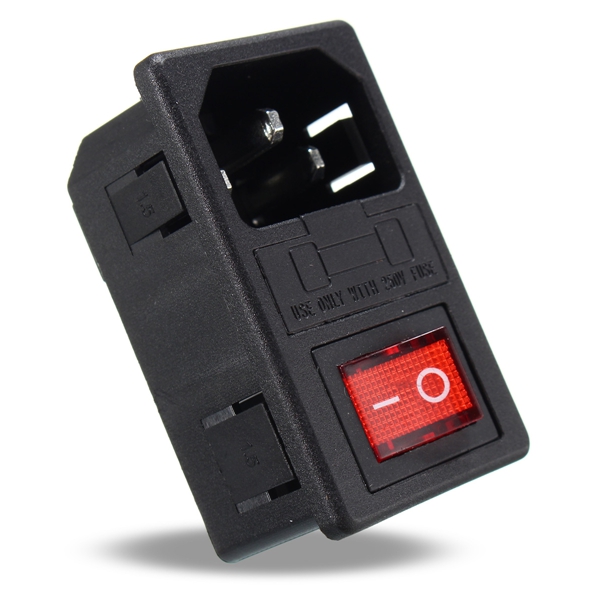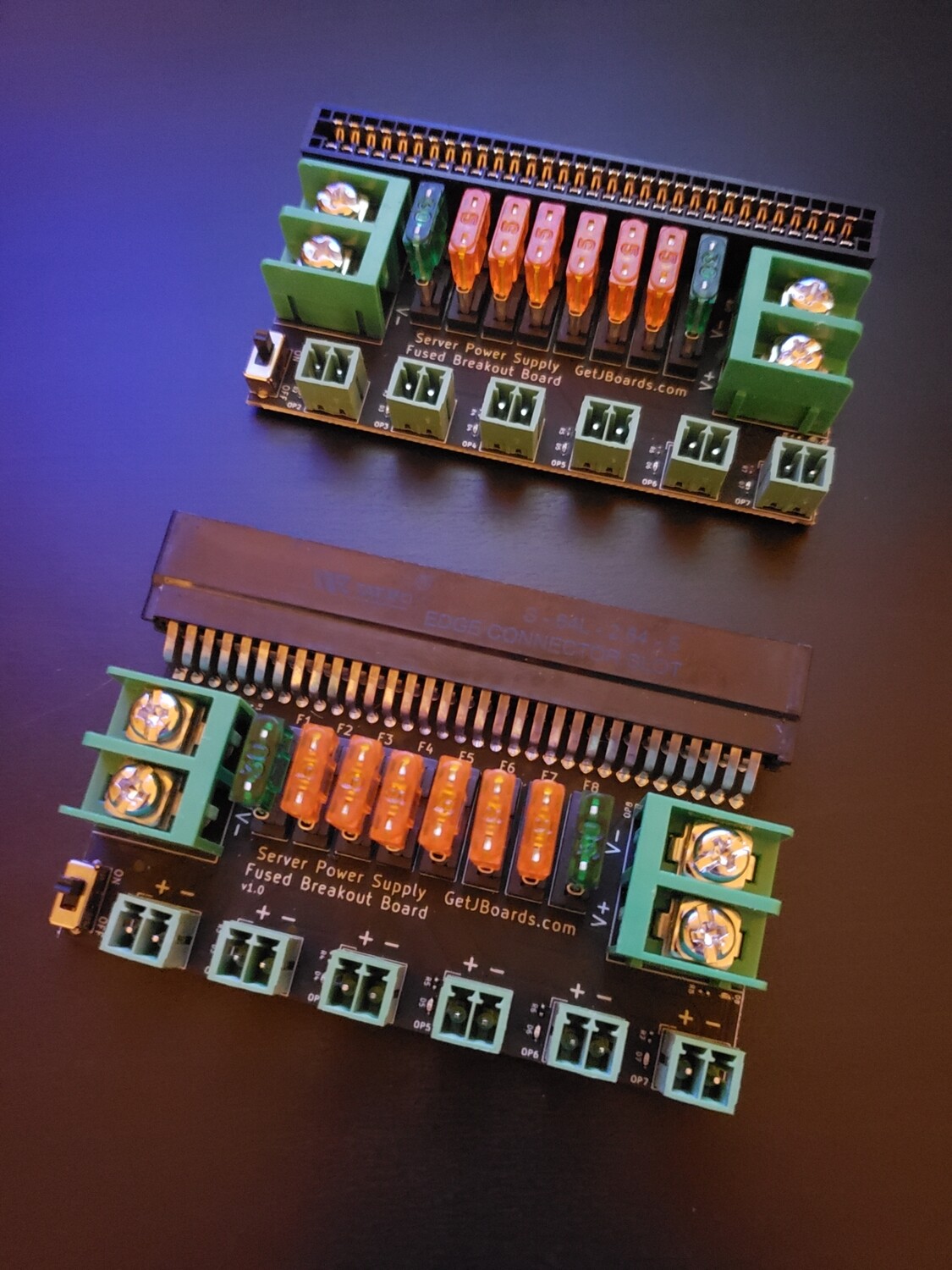
Higher frequencies make filtering easier with smaller capacitors and inductors, and can lead to reductions in both size and cost.Īlso be sure to consider the impact of the fundamental and harmonics on other equipment nearby. Low frequencies are generally better for higher-power applications requiring best efficiency. Today, typical switching frequencies range from about 100 kHz to several megahertz.
#ON OFF SWITCH POWER SUPPLY FULL#
Topologies that will incorporate them in the design are flyback, clamp forward, push-pull, half bridge, or full bridge.Īs for switching frequency, it usually comes down to the best estimate based on your application. If you need some isolation, transformers can be employed. The Cuk topology is a good one if you need to change the output’s polarity. The buck format steps down the input voltage while the boost steps it up. Figure 1 shows the simplified circuits for each. The most popular topologies are buck, boost, buck-boost (and inverting version), SEPIC, and Zeta. Circuit explanations and design recommendations are based upon requirements.Ī typical approach is to narrow your choices of topology before making a final decision.

Efficiency is the primary benefit, with efficiencies over 90% for many designs. The advantages of a switch-mode power supply (SMPS) are just too great to ignore. Most new designs are of the switch-mode variety. At least keep the linear option in mind, as it may still be your best choice in some designs. A linear supply with a low-dropout (LDO) regulator would provide a clean dc to meet that need. For example, an oscillator, clock, synthesizer, or other critical circuit may require low phase noise or jitter.

On the other hand, switch-mode designs are inherently noisy, and the circuits you’re powering may be susceptible to that noise. The major advantages of a linear supply are simplicity of design, lower cost, abundant relevant components, proven techniques, and low EMI emissions. If your design can accept the lower efficiency of a linear supply, you may appreciate its benefits. Yes, linear supplies are still an option even in the current switch-mode dominant environment. With these specifications, you should be able to make your first big choice: linear vs.

As a starting point, list the following key features: It’s critical to take the time to research your needs and write a detailed specification. The information presented here should help you identify your options and zero in on one to follow through with. If you’re not a power-supply expert and/or this is one of your first designs, you may need some guidance. Building a power supply used to be relatively straightforward, but with switch-mode methods dominating these days, it has become a complex specialty. buy decision, you face a myriad of circuit choices-more than you probably realize. Simply put, designing a power supply is a major undertaking. This article is part of TechXchange : Power Supp ly Design


 0 kommentar(er)
0 kommentar(er)
